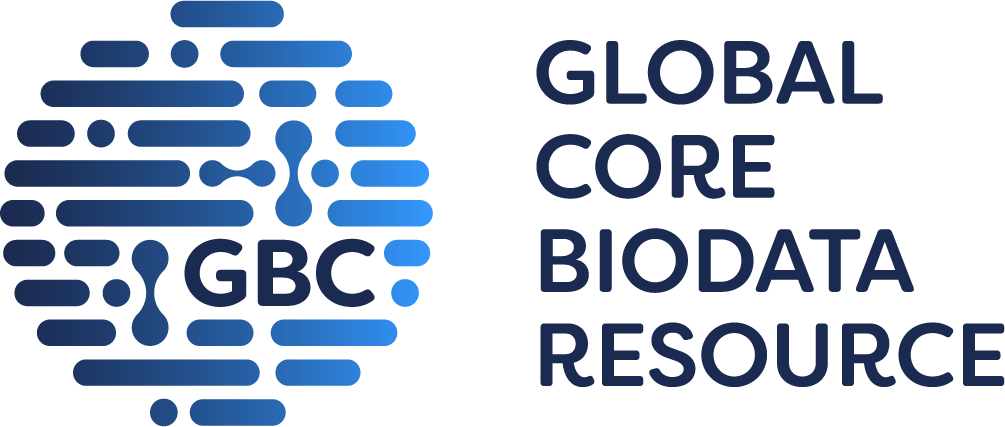BRENDA Home
Please wait a moment until all data is loaded. This message will disappear when all data is loaded.
EC Tree
Please wait a moment until the data is sorted. This message will disappear when the data is sorted.
Please wait a moment until the data is sorted. This message will disappear when the data is sorted.
Select items on the left to see more content.
html completed


 top
top









